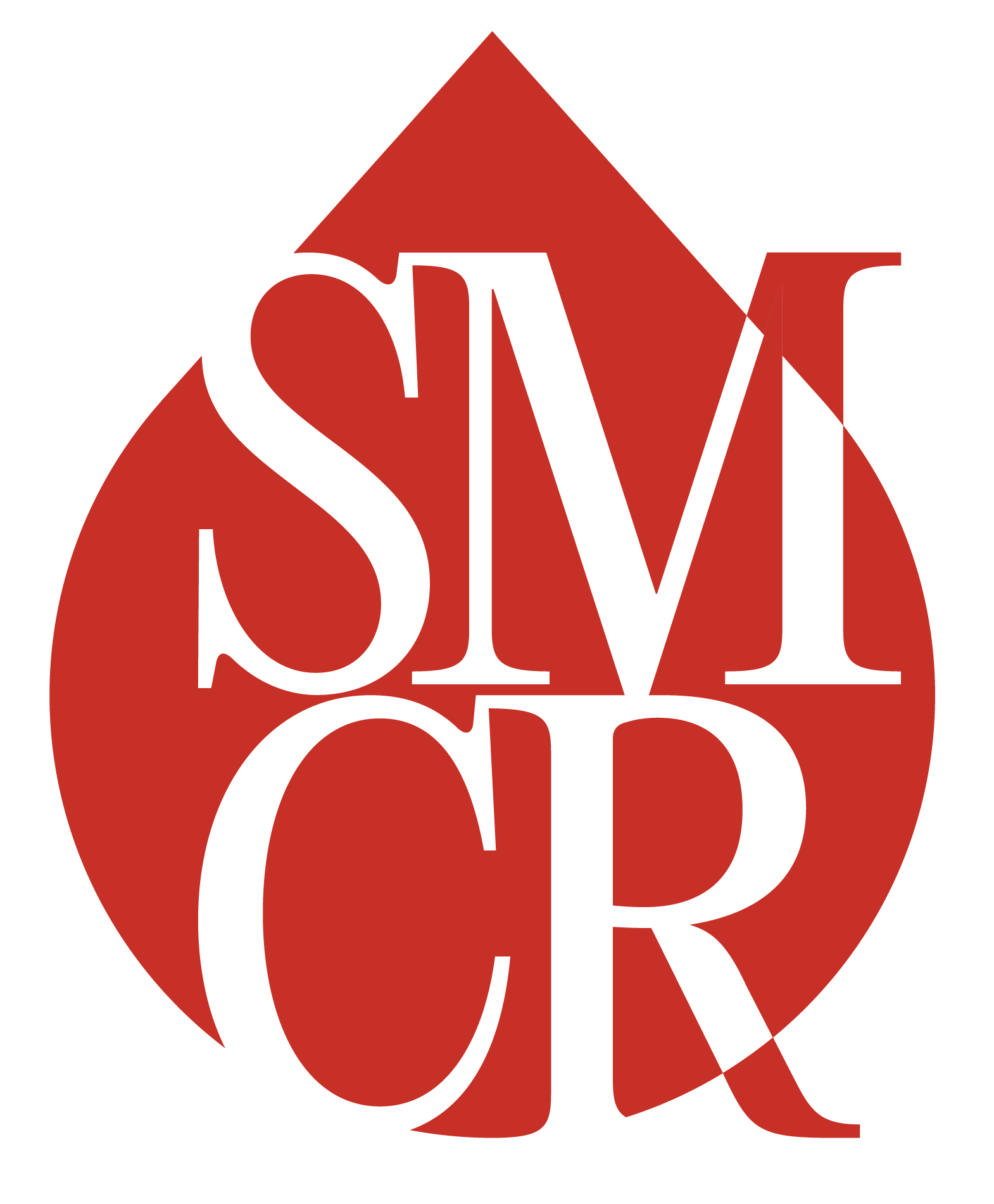Recently Heather Dillaway blogged about the challenges and frustrations of naming, and this blog continues with that theme, looking at a recent article about increased rates of “ovarian failure” following ovary-preserving hysterectomy.
“Ovary-saving hysterectomy linked to early menopause,” reads the USA Today on-line headline, and the article opens with the statement that:
Younger women who have a hysterectomy that spares the ovaries are almost twice as likely to go through early menopause as women who do not have their uteruses removed, according to a new study.
It’s an alarming statement, and one likely to alarm an already anxious woman. The study in question was a longitudinal study following 406 women aged 30-47 at the time of their surgery and a control group of 465 similar-aged women who did not have a hysterectomy. The study will be published in the December 2011 issue of the peer-reviewed journal Obstetrics & Gynecology, and the news coverage was drawn from the Duke University press release, entitled “Hysterectomy Increases Risk for Earlier Menopause In Younger Women”.
The first challenge of naming is in the subtle difference between the press release’s earlier menopause, and the USA today article’s early menopause. Early menopause is defined as menopause that occurs before the age of 40; the earlier menopause in the article is a difference of about 2 years — an important difference.
In women who no longer have menstrual flow, how did the authors establish menopausal status, or “ovarian failure”, as they called it? In women with a uterus, menstrual flow is a convenient landmark, which is roughly aligned with the hormonal changes to decide when menopause (or is it post-menopause?) has begun. We assume that 12 months without menstrual flow likely means that there will be no further flow (although that is not always true), and that it is a good estimate of when ovarian hormonal cycles have stopped. In this article, the authors used an annual blood sample to measure a hormone called FSH (follicular stimulating hormone). FSH is high in menopausal women, and an FSH>40 IU/L was used as a criterion for reaching menopause. However, we have known since 1994 that a high FSH level is not diagnostic of menopause, and, indeed, 6 of the 504 women were excluded because they had a baseline FSH > 40 IU/L, despite having menstruated within the previous three months. Regularly cycling women in their 40’s can have high FSH levels, and later have low FSH levels and ovulatory cycles. In menstruating women, blood samples would also be timed, which is not possible for women who don’t menstruate. It would be interesting to know how the high FSH criterion corresponded to menstrual cycle history in the control group.
Studies like this are hard to do. The authors were careful — they enrolled women prior to surgery and followed control women in the same way. To get 403 women with complete data, they started with over 900 women. The controls were fairly well matched — similar in age, age at first period, c-section and oral contraceptive history. However, women undergoing surgery were more likely to have had at least one full-term pregnancy (84.5% vs 68.3% in controls), and more likely to have had a previous tubal ligation. In addition, fibroids, endometriosis, ovarian cysts and previous surgery for fibroids were more common in those having a hysterectomy. Both the hysterectomy itself and the history of previous surgery, particularly tubal ligation, may also contribute to a difference between the two groups. Finally, women with hysterectomy were heavier than the control group.
By following the two groups, the authors were able to estimate that hysterectomy accelerated the rate of reaching the FSH threshold by about 2 years. This is consistent with other research, and fits with the finding that hysterectomy and other reproductive surgeries are associated with a lower rate of breast cancer, presumably due to lower estrogen exposure.
So, how does this fit with the frustration and complexity of naming? One frustration is with the persistent use of the value-laden term “ovarian failure” in the medical literature. But in this particular population, a large part of the frustration is technical. Perimenopausal hormones are changeable, and without menstrual flow as a landmark, it is even harder to estimate where a particular woman is on her transition into her menopausal years. We might learn more with daily hormone samples over a longer period of time, but that would be hard for women to do and would cost too much. If a single high FSH value is one step along the pathway to menopause, and if hysterectomy doesn’t change the timing of that step along the path, and if women scheduled for hysterectomy aren’t already further along that path than the controls, then these data give us some idea of the effect of hysterectomy on when women reach menopause.
There is more I could write about the technical details of this one paper, and perhaps that is another point to make — scientific articles are complicated logical arguments, and critiquing them from within science is challenging to fit into a blog format.

